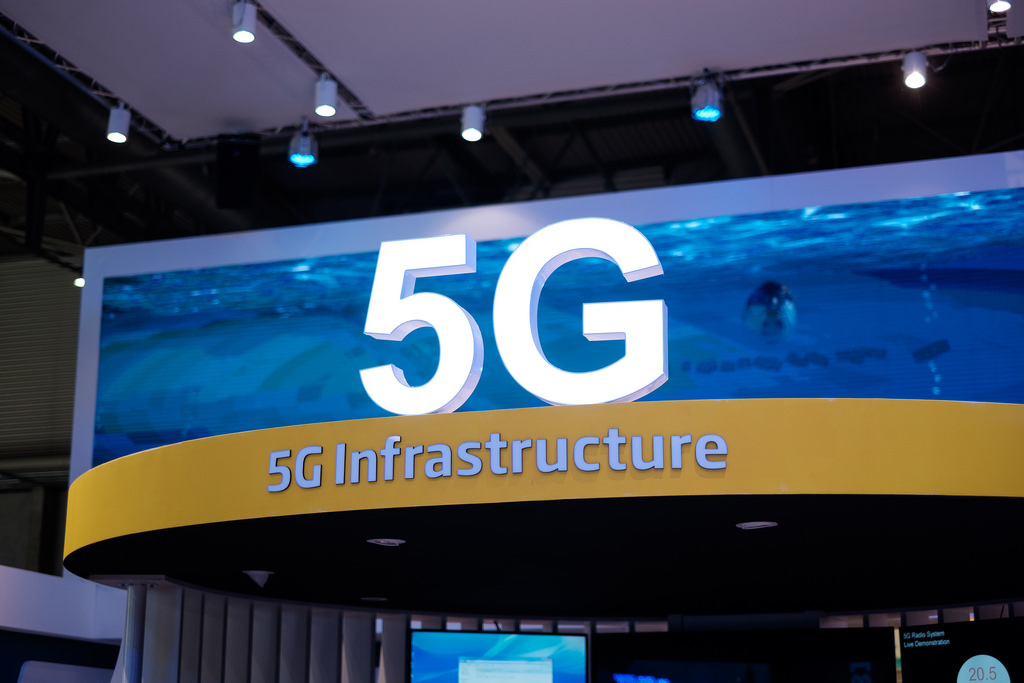The desire of a more technologically advanced lifestyle has made us unstoppable. Speedy internet is something that each and every one of us demands for. It therefore, comes as a no surprise for me that every telecom provider in the world is working to make it work even faster. In addition to just smart phones, we also have watches, homes and cars demanding fast internet connections. Hence, in order to pipe in enough bandwidth for that precious wireless feed, we’re going to need an entirely new form of wireless signal — that’s where 5G network comes in.
What is 5G technology?
Undoubtedly, as an average mobile customer and a layman, we generally think that each generation of mobile network means just speed. Where 1G was an analogue communication, 2G was GPRS and EDGE, 3G was 3 Mbps speeds, and 4G/LTE meant 20-60 Mbps speeds. However for an engineer, these various generations are not just limited to speeds. It is far well beyond just the speed factor. It obviously offers ludicrous speed and is directly competing with wired broadband services. 5G means that it will be a far more efficient and cohesive network than any other present network available.
Financial Strength
It is reasonable to argue that there is not yet a clear business case for 5G. But this has also been the case with at least two previous generations of mobile networks. The business reality is that there is no new money. So either 5G will need to be delivered within the confines of current operator revenue or it will need to deliver new services so that consumers are prepared to pay more for, which will likely be the eventual business case. Also, we know from the spectrum auction recently completed reverse process that television broadcasters are setting an $86 billion clearing target to free up the maximum of 126 megahertz of the 600 MHz spectrum. Also, FCC recently moved forward on its Spectrum Frontiers proceedings, which will see the government agency look to bring both licensed and unlicensed spectrum to market ahead of “5G” standards. The spectrum is set to include 3.85 gigahertz for licensed use in the 28 GHz, 37 GHz and 39 GHz bands, and 7 gigahertz for unlicensed use across the 64 GHz to 71 GHz bands.
5G Network in India
Well, this time it seems that India seeks to be an early adopter of the 5G mobile wireless technology. This is evident from the fact that a government commissioned-research team has already started working on the 5G technology. Also, 10 out of 100 patents have been granted. India expects 5G service to be rolled out by the year 2020. A team of researchers from IISc Bangalore, IIT Bombay, IIT Hyderabad, IIT Madras and CEWiT (Centre of Excellence in Wireless Technology, IIT Madras) are working on the same and will register a lot more patents in the next few years. The Spectrum Frontiers proceedings are an important step by the FCC in showing continued support for the domestic market in maintaining a leadership position in the race for 5G.
Even private player companies, such as Reliance Jio, Tata Teleservices and Tejas Networks are partnering in the effort by lending their manpower and equipment. The research project, which was commissioned by the ministry of electronics and IT, was approved in September 2015 with an outlay of Rs. 36.51 crores over a period of three years.














Pingback: Which State Tops The List Of Internet Subscribers In India? - Finance Minutes
Pingback: BSNL and Nokia to Sign MoU for 5G and Applications of IoT: - Finance Minutes
Pingback: BSNL and Nokia to Sign MoU for 5G and Applications of IoT - Finance Minutes
Pingback: Dinesh Engineers Limited IPO Review: Should you Invest?
Pingback: Best Stocks to Invest with Potential Surge in 2020